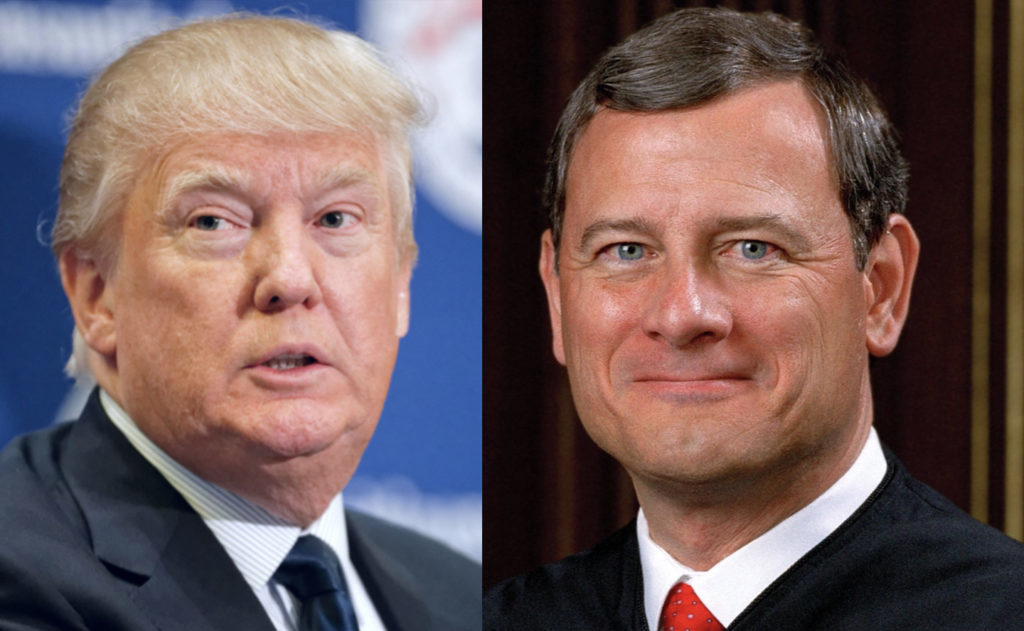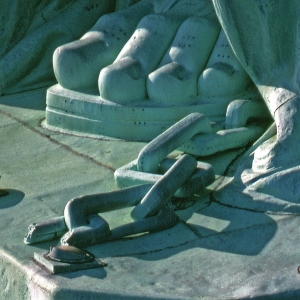What John Roberts is really up to

With a recent slew of Supreme Court defeats for Donald Trump, speculation abounds about Chief Justice John Roberts’ place in the court. Some refer to Roberts as the new swing vote. Some think he’s doing this to spite Trump for personal reasons. I’m here to tell you, as somebody who’s read quite a few Roberts opinions and as somebody who understands some of Roberts’ past, that I think it’s much more fundamental.
In short, Roberts is not very different from any other Supreme Court justice. He’s very well educated, he was an excellent attorney, and, like most humans, he has political opinions. Roberts was appointed to the Court by George W. Bush and replaced Chief Justice Rehnquist after his death. Rehnquist was a fairly old-fashioned conservative, and I believe that Roberts essentially wanted to emulate a more modern Rehnquist in replacing him. I would say that by and large, he’s succeeded.
Before the Trump presidency, Roberts was a fairly steadfast and predictable conservative justice who would typically render decisions to be as politically neutral as possible while comporting with the subtext of his conservative ideologies. In other words, he at least tried to come across as unbiased. After the Trump presidency began, Roberts continued this M.O., but with a tweaked political bent. Why?
This is where I think most speculation misses the mark. Yes, Roberts is aware of the Court’s image. He always has been. Recall he was the swing vote on Sebelius, which kept the ACA individual mandate from being dismantled. Yes, Roberts is trying to establish a favorable legacy (after Citizens United, he has a lot of work to do). And yes, Roberts knows that as the least conservative “conservative justice” on most issues, Roberts is the most realistic swing vote of the bunch.
But what I think it comes down to is this: Chief Justice Roberts sees himself as the only functional check left on the Executive Branch—perhaps in the entire government. Roberts’ concerns of image and legacy pale in comparison to his power to act as possibly the only other human whose opinion can keep Donald Trump’s reign in check. Roberts knows this. He knows too that, at least in some cases, if the Court buys into the Trump administration’s lawyers’ arguments, they effectively etch those arguments and legal theories into the Constitution. And to make sure his opinion becomes law in these swing cases, Roberts has been penning most of those cases. Don’t think that’s coincidence—as Chief Justice, he decides who writes what opinion.
So what does this mean looking forward? Well, as long as there are four “liberal justices” on the court, expect to see Roberts side with them in matters of grave constitutional and social concern that would otherwise mar the Court’s reputation or devalue the Court’s authority. Does that mean more losses for Trump? Well, as long as more of those kinds of cases go before the Court, then you bet.

Democracy thrives in snarkiness
